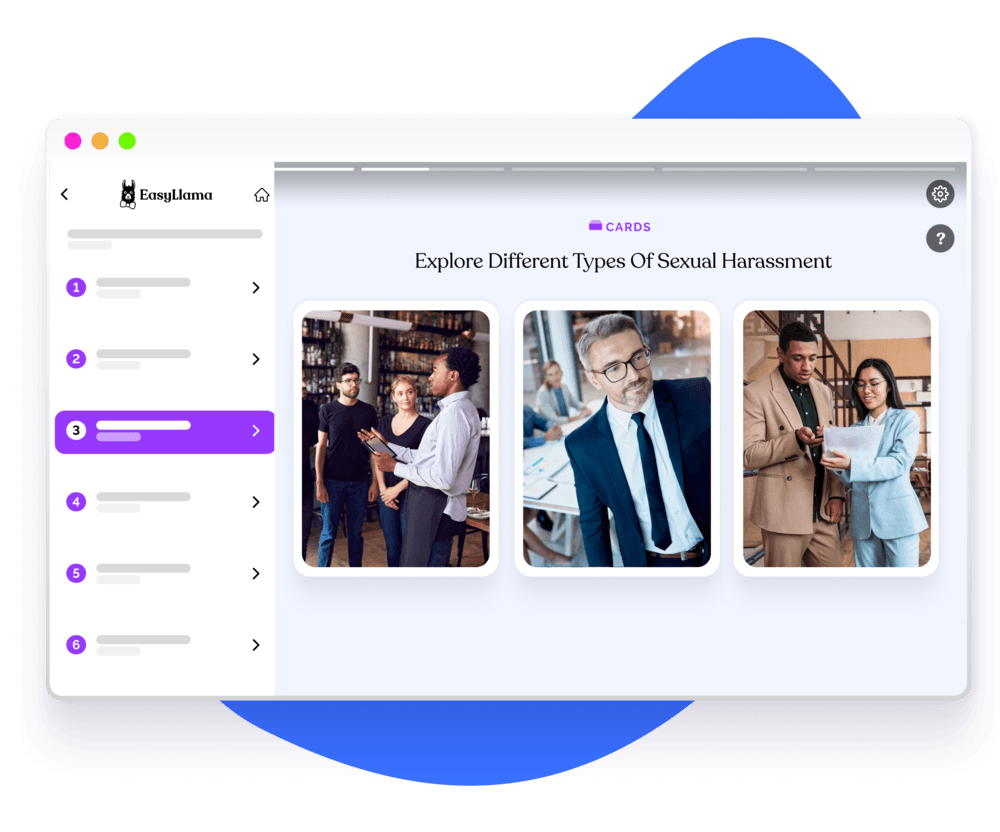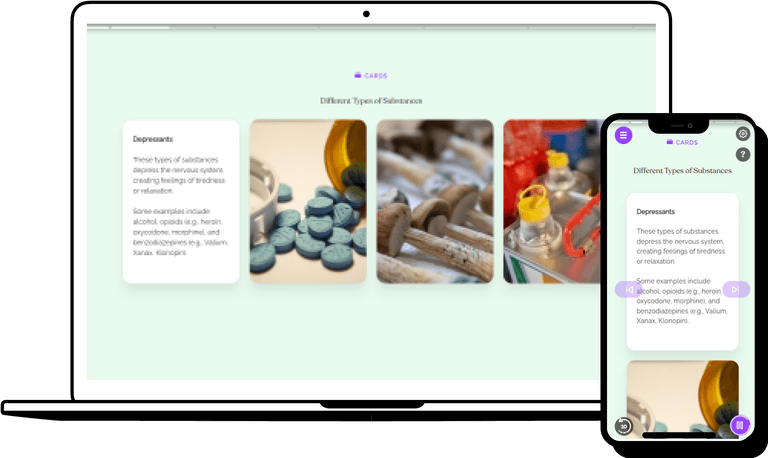Controlling Falls
Explore the essential practices and systems designed to control falls, a critical layer of protection when prevention and elimination strategies are insufficient. Learn about the components and best practices that constitute a robust fall control strategy, ensuring worker safety even in the most challenging scenarios.

Understanding Safety Net Systems
Safety net systems serve as a crucial fall control measure, designed to catch individuals if they fall, thereby preventing contact with lower levels or hazards. These systems are particularly vital in areas where fall hazards cannot be eliminated and where other forms of fall prevention are not feasible. Implementing and maintaining safety net systems according to strict standards ensures a safety backstop, significantly reducing the risk of serious injury from falls.

Personal Fall Arrest Systems (PFAS) are a cornerstone of fall control, designed to safely stop a fall before the worker reaches a lower level. Break down the critical components of PFAS and the importance of each in ensuring the system's overall effectiveness.
At the heart of a PFAS, body support mechanisms such as full-body harnesses play a pivotal role. These devices are ingeniously designed to distribute the forces experienced during a fall across a wider area of the body, significantly mitigating the risk of injury. Selecting an appropriate harness transcends basic safety; it encompasses ergonomic design for wearer comfort, adjustability for a snug fit across different body types, and material durability for varied environmental conditions.
Anchorage points are the unsung heroes of a PFAS, providing a secure foundation that bears the full force of a fall arrest. These points must be robust, with the capability to support at least 5,000 pounds per worker attached, or be designed with a safety factor of two under the supervision of a qualified engineer. The strategic positioning of anchorage points is crucial, aiming to minimize fall distances and swing falls, thereby reducing the risk of secondary injuries.
Connectors, including lanyards, snap hooks, and lifelines, serve as the critical link between the body support and the anchorage point. Their primary function is to provide flexibility and mobility while ensuring a secure connection at all times. The choice of connectors must be tailored to the work environment and the nature of the tasks performed, considering factors such as the potential for sharp edges or the presence of electrical hazards.

Best Practices for Using PFAS
Proper use of Personal Fall Arrest Systems (PFAS) is vital for their effectiveness in controlling falls. Best practices include regular inspection of equipment for wear and damage, correct fitting and adjustment of harnesses, and training on the correct use of PFAS components. Understanding these practices ensures that when a fall occurs, the system functions as intended, providing maximum protection.
ABCDs of PFAS
The ABCDs of Personal Fall Arrest Systems outline the key components essential to the effectiveness of fall control measures.
Here are some myths to look out for:
- -
Anchorage
- -
Body Support
- -
Connectors
- -
Descent and Rescue

Enhance Safety with EasyLlama’s Fall Protection and Ladder Safety Training
Our training is designed to cover all aspects of fall control, from the basics of safety net systems to the complexities of Personal Fall Arrest Systems (PFAS). By integrating interactive modules and expert insights, we equip your workforce with the knowledge and skills to apply critical fall control measures, enhancing safety across all operations.

Helping over 8,000 organizations create a safer, more productive workplace
Learn the key strategies for fall protection — elimination, prevention, and control — and understand the critical role of ladder safety in the workplace. This course provides essential knowledge and skills to identify fall hazards, understand employer and employee roles in fall protection, and apply effective strategies to minimize fall risks.





















